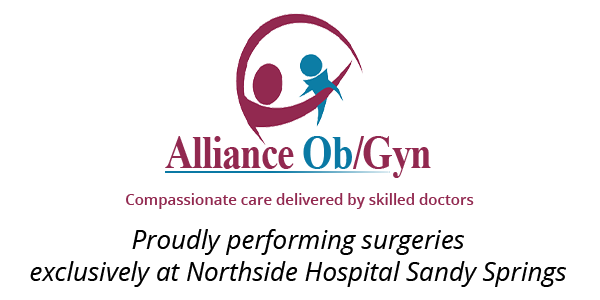
New Nanotech Device Helps Pinpoint High-Risk Pregnancies
Topic: New Nanotech Device Helps Pinpoint High-Risk Pregnancies
Technological advances have made a difference in many sectors in society, including the medical sector. For example, a new nanotech device utilizing a sophisticated technology called the NanoVelcro Chip is helping medical professionals pinpoint high-risk pregnancies. In particular, the device helps identify placenta accreta spectrum disorder, which can be especially dangerous and potentially life-threatening.
Understanding Placenta Accreta Spectrum Disorder
Placenta accreta spectrum disorder is when the placenta grows too deeply, penetrating the uterine wall to the point that it does not detach from the uterus following childbirth. The condition is serious and may cause large amounts of blood loss during the pregnancy and delivery, which may result in blood transfusions, or the mother being transferred to the intensive care unit. Furthermore, it may cause serious illness and infection that may result in the death of the mother. Though a relatively rare condition, when it does occur, it can be quite serious.
How NanoVelcro Chip Technology Helps Determine At-Risk Pregnancies
A new nanotech device developed by researchers from UCLA and Cedars-Sinai utilizes NanoVelcro Chip technology to provide an easy way to screen pregnant women for placenta accreta spectrum disorder. The current method relies on an ultrasound and an assessment of the mother’s pregnancy history, if she has one. However, these factors are not always reliable.
Conversely, the new blood test may be performed early in the pregnancy, as soon as the first trimester. The results of the studies using the nanotech device proved promising. The chip itself is quite small and has ultra-thin nanowires coated with antibodies, enabling it to recognize certain cells, in this case placenta cells that are linked to placenta accreta spectrum disorder called trophoblasts.
Trophoblasts make their appearance shortly after the pregnancy. A blood sample is taken, and when tested using the chip, these trophoblasts will stick to it. They can then be analyzed under a microscope. If there are an abnormally high number of them or a cluster, the mother may be at an increased risk for placenta accreta disorder.
Key Takeaway
Advances in technology have made it possible for medical professionals to help diagnose conditions that may cause high-risk pregnancies, including placenta accreta disorder. This disorder can be quite seriously and potentially life-threatening. Utilizing NanoVelcro Chip technology, researchers have developed a new nanotech device that is better able to identify women who are at risk for the disorder. The device can be used early in the pregnancy, giving medical professionals enough time to detect the condition and provide medical intervention.
Topic Discussed: New Nanotech Device Helps Pinpoint High-Risk Pregnancies



